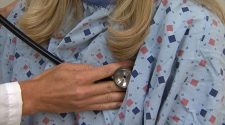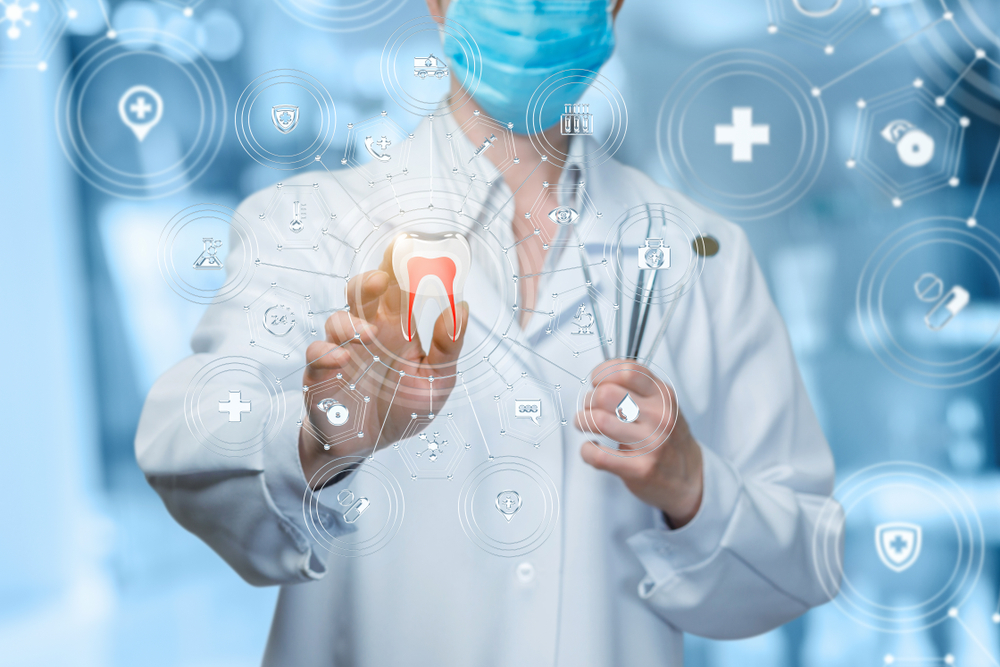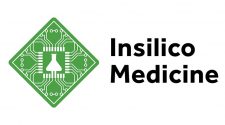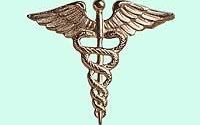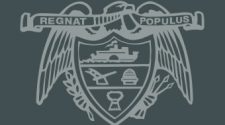A visit to the dentist has always been a source of fear for many patients. Visiting the dentist means painful procedures and having to sit under a blinding bright light with tools being uncomfortably positioned inside your mouth.
Dentist appointments are something people postpone as much as they can. A visit to the dentist, however, is essential if you want good teeth and a fantastic smile. Regular dental visits are crucial to identify tooth decay at its early stages and to maintain overall oral health.
Through the years, there have been emerging technological advancements in dentistry that can help ease the patient’s anxiety. These technologies are there to improve the existing procedures and are very helpful in making the patients feel more at ease and comfortable in every visit.
The following are just some of the ways dental technology has paved the industry over the years:
- Efficiency in operations though improvement in dentist office amenities and record-keeping
The dentist’s office used to be a place of dread as patients wait as the seconds tick by for their turn in the dentist’s chair. However, today’s dental offices are more comfortable and relaxing, and there is now some music and even TV being played to keep patients entertained while waiting. Sometimes tea and teeth-friendly drinks are even served. Modern dental offices are more comfortable to put patients at ease
Records are important in any medical field. Dentists rely on charts and dental records to see their patient’s dental history. Switching from hardcopy charts and records to electronic records is a big step in making record keeping a breeze. Dentists now have easy access to patient’s records minimizing time spent on filing through physical records. There is now a better workflow for the team as dental assistants can easily get charts, radiographs, billing, and claims for each patient.
- Accurate information through Visual Equipment
The field of dentistry is always on the lookout for new and emerging technology that can be applied in the field to make the patient experience that much better and to make the dental diagnosis more precise and reliable.
- Dental loupes and LED headlamps
Dental loupes are specialized magnifying glasses that dentists use to probe the mouth. They also help with the dentists’ posture since they don’t have to hunch over the patient as much. The combination of dental loupes with new LED headlamps offer outstanding illumination and dentists can now see more than ever before. These two devices have helped clinical dentistry. The LED lights now also are more efficient and have smaller batteries and operate on a full day’s charge.
- Intraoral and digital cameras
Images are important in dentistry because it is pictures that tell the state of oral health of a person. Without proper images, it would be difficult for a dentist to explain to patients what needs to be done with their teeth. Modern image capturing devices make this process easy. Intraoral cameras let the dentist see the inside of a patient’s mouth with the use of a camera attached to a dental mirror. The dentist and the patient can then look at the images taken by the camera on a monitor outside so everyone can view it.
- Laser Cavity Detection (Diagnodent and CariVu)
Not even highly trained dentists can see the early signs of a cavity with the naked eye. There are now emerging technologies that make cavity detection more precise. Diagnodent and CariVu are two such devices. Both work through lasers. When a laser is scanned over the teeth, healthy teeth will have little fluorescence, while unhealthy teeth will emit more fluorescence.
- Less Painful Procedures
Many patients fear the dentist because of the pain of procedures, but that is a thing of the past with improved processes in dentistry:
Laser dentistry can make procedures faster and can help reduce the time for the patient to recover and heal. They are also less painful and less invasive. Lasers can be used in gum recontouring and periodontal treatments. Lasers help dentists do their job with no suture and no bleeding.
Some people have a real phobia of the dentists that they would rather endure a toothache than getting treatment. Sedation dentistry has been used through the years to get people to relax in the dentist’s chair and to reduce their anxiety. Sedation can be moderate to minimal to deep. A patient can choose to be conscious, semiconscious, or completely unconscious during the procedure. The sedative drug can come in the form of a pill, such as Halcion. It can also be inhaled nitrous oxide or laughing gas. Sedation can also be administered intravenously.
Final Thoughts
Technological innovations have helped improve the field of dentistry over the years. The customer service, equipment, and processes in dentistry have gotten an upgrade. The main effect of these changes is the change that dentistry has had on people’s imagination from a place of dread to a comfortable and friendly place where patients can get their oral health fast and with minimal pain.
Grace Russey
Grace Russey is a family dentist who works with large families in maintaining or improving their dental health. Aside from providing dental services, Grace also makes sure that all of her clients – regardless of age and dental requirements – fully understand how important it is to have a healthy mouth.
During her vacant time, Grace writes articles about dental health. Grace strives to use this platform to help more individuals and families in keeping their mouths healthy.

